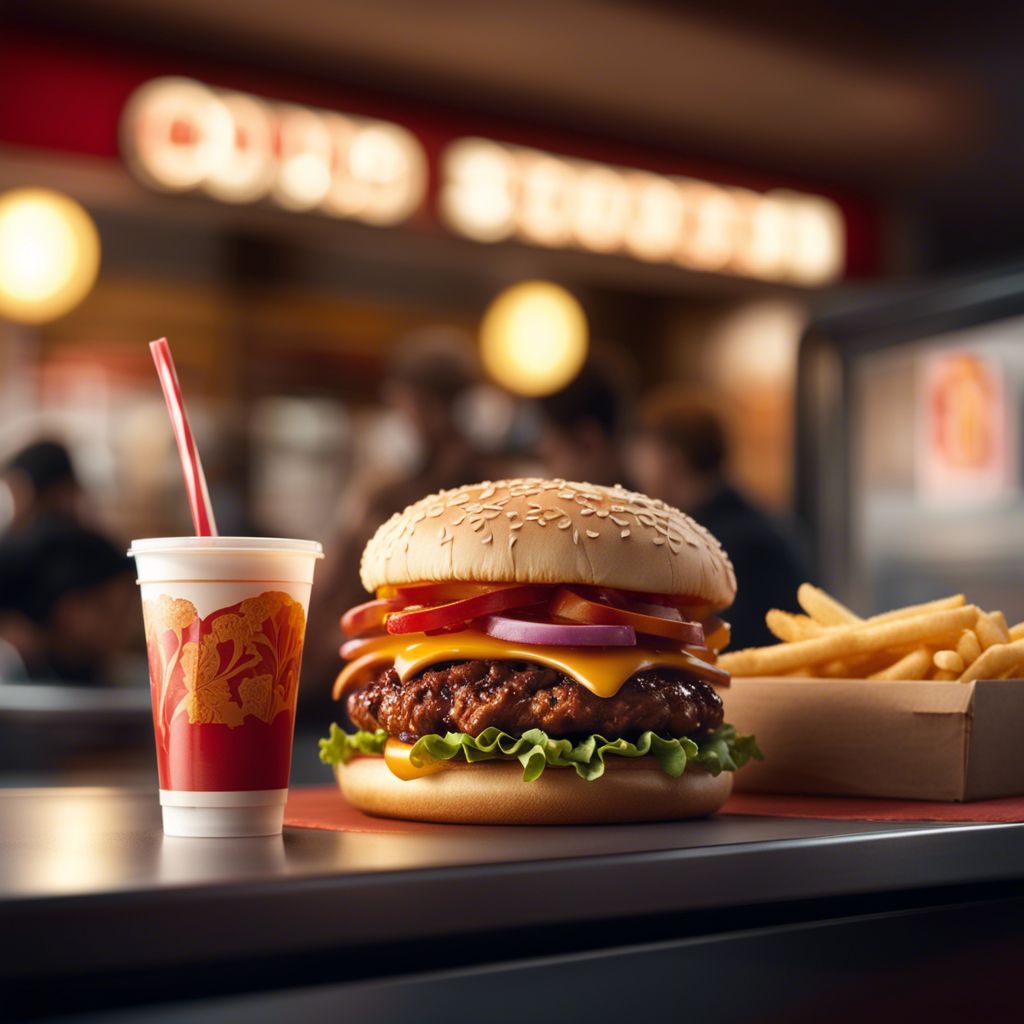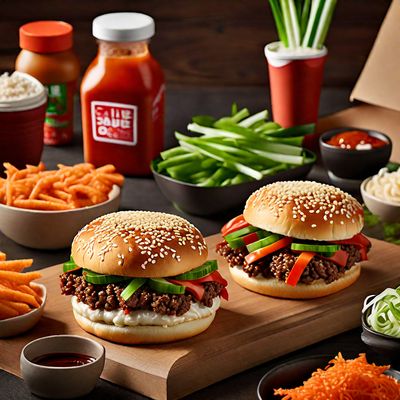
Cuisine
Fast food
Fast food is popular around the world, particularly in urban areas where people have busy lifestyles and limited time to prepare meals. Some popular fast food items include hamburgers, pizza, fried chicken, and tacos.
Typical ingredients
Beef, Chicken, Cheese, Bread, Lettuce, Tomato, Onion, Potato, Corn, Beans
Presentation and garnishing
Fast food is typically served in disposable packaging, such as paper bags and plastic containers. It is often eaten on the go or at home, rather than in a sit-down restaurant. Fast food chains are also known for their marketing campaigns, which often target children and young adults.
The fast food industry is a major economic force, employing millions of people around the world. It is also a source of controversy, with critics arguing that it contributes to a range of social and health problems.
More cuisines from this region...
Haute cuisine, Molecular gastronomy, Fusion cuisine, Nouvelle cuisine, Vegan cuisine, Vegetarian cuisine
History
The history of fast food can be traced back to ancient civilizations, where street vendors sold quick and easy meals to travelers and workers. However, the modern fast food industry began in the United States in the early 20th century, with the rise of chain restaurants such as White Castle and McDonald's.
Cultural significance
Fast food is often criticized for its negative health effects, including obesity, heart disease, and diabetes. However, it is also praised for its convenience and affordability, particularly for low-income families and college students.
Health benefits and considerations
Fast food can be part of a balanced diet if consumed in moderation. However, it is important to be aware of the nutritional content of fast food items and to make healthy choices whenever possible. Fast food is also a major contributor to environmental problems such as waste and pollution.
Fast food recipes Browse all »

Pearà Burger
The Ultimate Pearà Burger: A Fusion of Italian Comfort and Fast Food Delight

Crispy Nyembwe Chicken Burger
Savory Nyembwe Chicken Delight

Fast and Flavorful Rice Bowl
Savory Rice Bowl Delight

Classic Cheesesteak
Philly's Finest Cheesesteak

Fast Food Caesar Salad
Quick and Easy Caesar Salad: A Fast Food Twist

Katsudon - Fast Food Style
Crispy Pork Cutlet Rice Bowl: A Fast Food Delight

Fast Food Ceviche
Zesty Seafood Delight: Fast Food Ceviche

Fast Food Chicken Parmigiana
Crispy Chicken Parmigiana Delight

Bulgogi - Fast Food Style
Bulgogi Burger with Kimchi Slaw

Amaretti di Sassello - Fast Food Style
Crunchy Almond Cookies: A Fast Food Twist on Amaretti di Sassello

Lagane e Cicciari Fast Food Style
Savory Pasta Delight: Lagane e Cicciari Fast Food Remix

Pizza Margherita
Fast and Flavorful Margherita Pizza